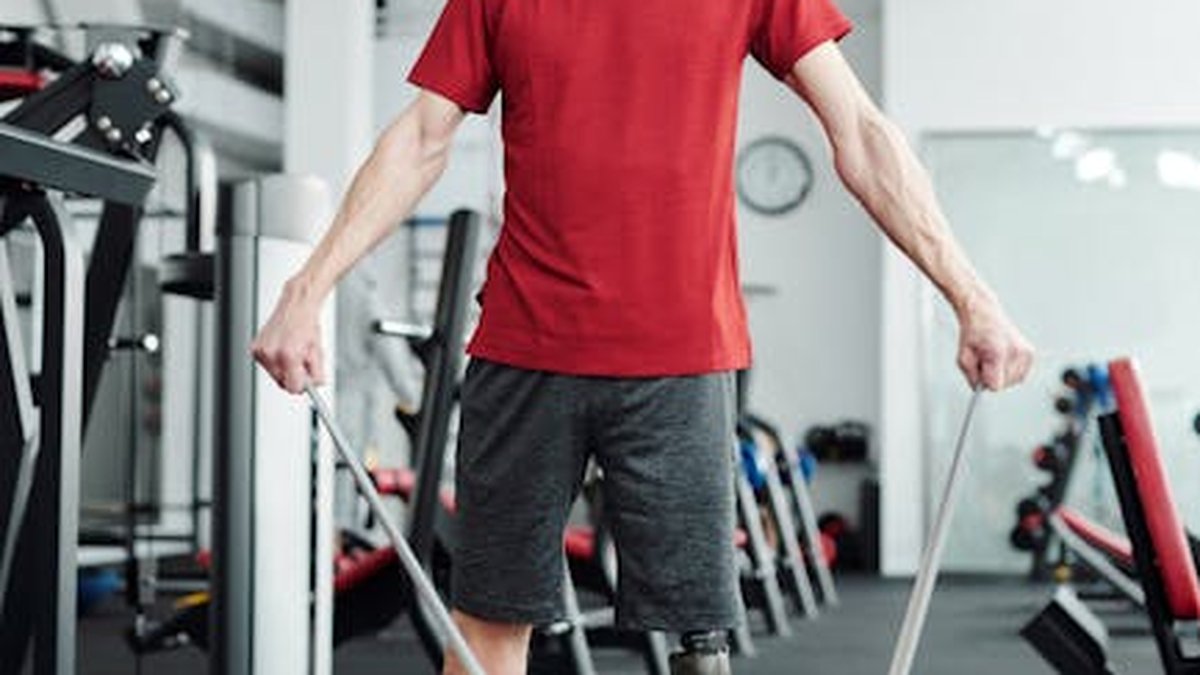Beyond Yoga: Exploring Alternative Flexibility and Mobility Exercises
Yoga is often the first thing people think of when they want to improve their flexibility. While yoga offers fantastic benefits, it’s not the only game in town. Many other effective methods can enhance your range of motion, reduce stiffness, and improve overall mobility. This article explores some excellent alternatives to yoga, helping you find the perfect fit for your needs and preferences.
Pilates: Strength and Flexibility Combined
Pilates is a low-impact exercise method that focuses on core strength, flexibility, and body awareness. It emphasizes precise movements and controlled breathing, making it accessible to people of all fitness levels.
Benefits of Pilates for Flexibility
- Improved Core Strength: A strong core supports proper posture and allows for greater flexibility throughout the body.
- Increased Body Awareness: Pilates teaches you to move with intention and control, improving your understanding of your body’s limitations and potential.
- Enhanced Flexibility: Specific Pilates exercises target major muscle groups, increasing their length and elasticity.
Practical Pilates Exercises for Flexibility
Some effective Pilates exercises for flexibility include:
- The Roll Up: This classic exercise stretches the spine and hamstrings.
- The Saw: This exercise improves spinal rotation and stretches the hamstrings.
- Leg Circles: These improve hip mobility and stability.
Tai Chi: Gentle Flow for Enhanced Mobility
Tai Chi is a traditional Chinese martial art that involves slow, flowing movements and deep breathing. It’s known for its calming effects and its ability to improve balance, coordination, and flexibility.
How Tai Chi Improves Flexibility and Mobility
- Gentle Stretching: Tai Chi movements gently stretch muscles and connective tissues, increasing flexibility over time.
- Improved Balance: Enhanced balance reduces the risk of falls and allows for greater freedom of movement.
- Increased Circulation: The flowing movements of Tai Chi promote blood flow, nourishing muscles and joints.
Getting Started with Tai Chi
Look for a qualified Tai Chi instructor in your area or explore online classes. Start with beginner-level forms and gradually progress as your flexibility and coordination improve. Consistency is key with Tai Chi.
Foam Rolling: Self-Myofascial Release
Foam rolling, also known as self-myofascial release (SMR), is a technique that involves using a foam roller to massage your muscles and release tension. It can help improve flexibility, reduce muscle soreness, and enhance recovery.
Benefits of Foam Rolling for Flexibility
- Breaks Down Adhesions: Foam rolling helps to break down adhesions (knots) in your muscles, improving their flexibility and range of motion.
- Increases Blood Flow: Foam rolling promotes blood flow to the muscles, nourishing them and aiding in recovery.
- Reduces Muscle Soreness: Foam rolling can help to reduce muscle soreness after exercise.
Effective Foam Rolling Techniques
Focus on major muscle groups like your quads, hamstrings, calves, and back. Roll slowly and gently, spending extra time on areas that feel tight or tender. Remember to breathe deeply throughout the process.
Dynamic Stretching: Preparing Your Body for Movement
Dynamic stretching involves moving your joints and muscles through their full range of motion. Unlike static stretching (holding a stretch for a prolonged period), dynamic stretching prepares your body for activity by increasing blood flow and activating muscles.
How Dynamic Stretching Improves Flexibility
- Increases Range of Motion: Dynamic stretches improve the range of motion in your joints and muscles.
- Prepares Muscles for Activity: Dynamic stretching warms up your muscles and prepares them for exercise.
- Reduces Risk of Injury: Dynamic stretching can help to reduce the risk of injury during exercise.
Examples of Dynamic Stretches
Some effective dynamic stretches include:
- Arm circles: Forward and backward.
- Leg swings: Forward and sideways.
- Torso twists: Gentle rotations of the upper body.
- Walking lunges: Stretching the hip flexors and hamstrings.
Finding What Works for You
The best way to improve your flexibility and mobility is to experiment with different methods and find what works best for you. Consider your fitness level, personal preferences, and any physical limitations you may have. Consult with a healthcare professional or certified fitness trainer before starting any new exercise program.
Exploring alternatives to yoga opens up a world of possibilities for improving flexibility and mobility. Whether you choose Pilates, Tai Chi, foam rolling, or dynamic stretching, incorporating these practices into your routine can lead to significant improvements in your overall well-being. Embrace the journey and discover the joy of movement!





